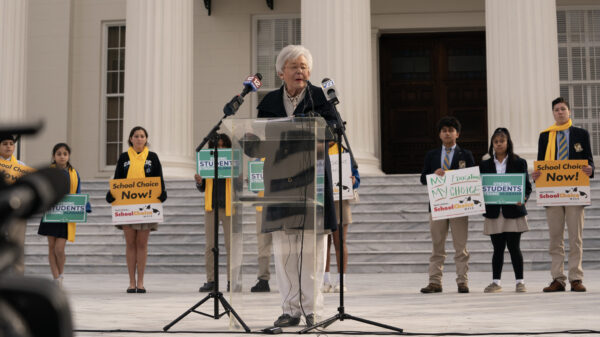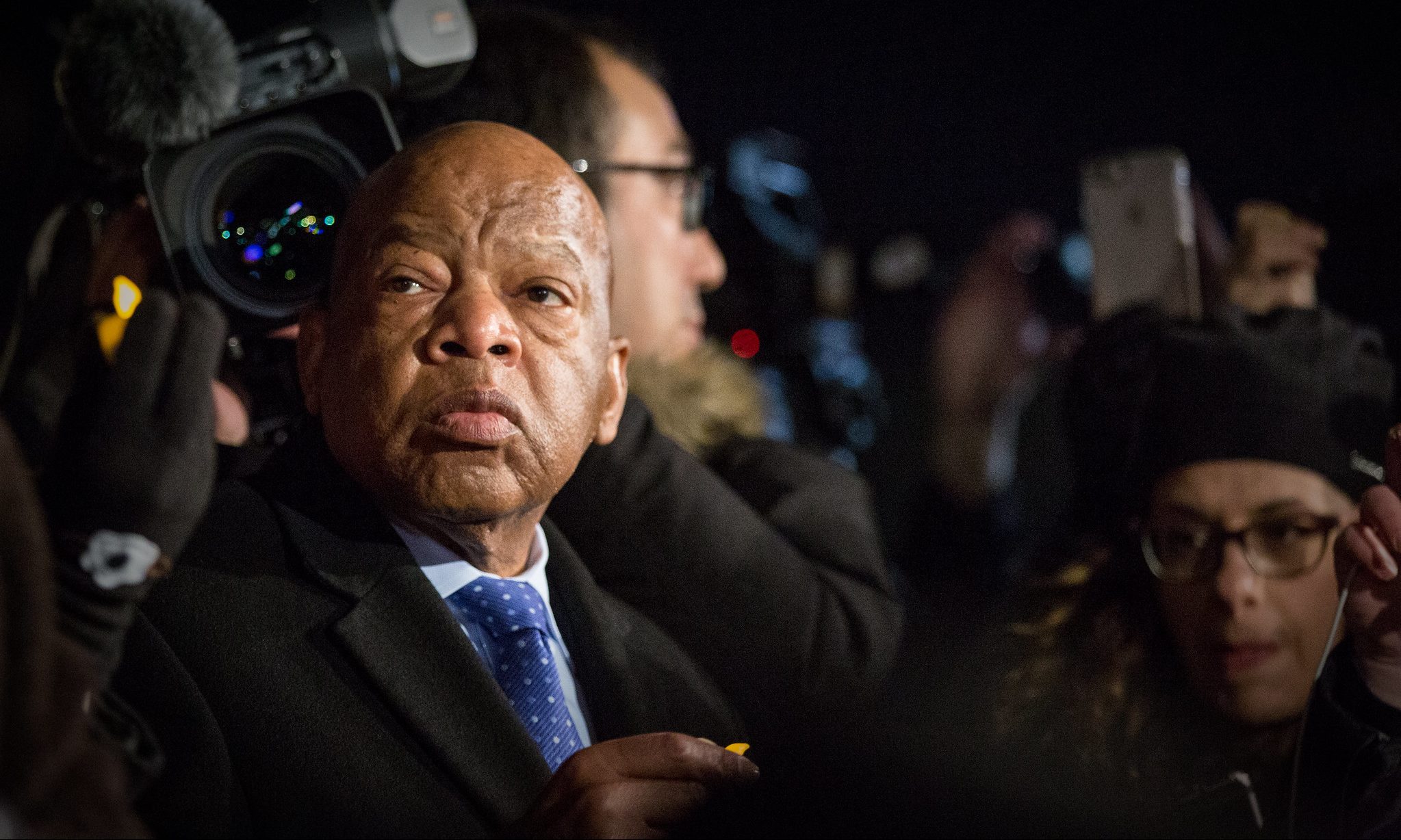Staff Report
Congress’ decision to reauthorize the current federal unemployment program for two months is like a holiday gift for some 2.9 million Americans who would have otherwise lost their benefits in that time.
Now, people who lost their jobs in July and August and were collecting 26 weeks of state unemployment can move on to the federal Emergency Unemployment Compensation (EUC) program. This will give them benefits for an additional 20 weeks.
The congressional agreement also means people who are already in the EUC program will not be phased out of the program as they would had Congress done nothing. Instead, they can move on to the next Tier.
Unemployment rate: How many Americans are really unemployed?
For example, if an individual was in Tier I (the 20 week program) but would have exhausted those benefits at the end of January, that individual will now be eligible to move to Tier II, which offers an additional 14 weeks of unemployment checks. This would take them through the end of April.
This would be true for anyone in any of the tiers. Tier I provides 20 additional weeks of unemployment; Tier II gives an additional 14 weeks; Tier III is 13 weeks, and Tier IV is 6 weeks. Anyone in those tiers whose benefits will expire before February 29, can move to the next tier, assuming it is available in their state.

















































